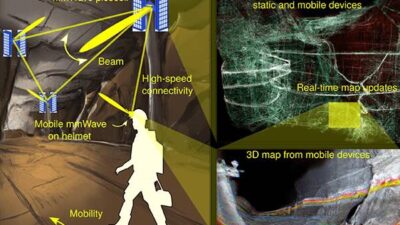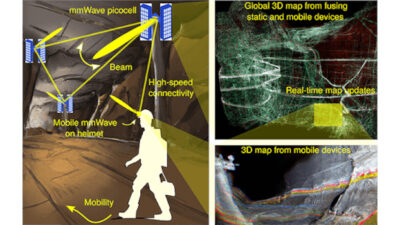The food and beverage industry has been an early adopter of machine vision technology, which has inspired some companies to develop technology that meets stricter industry standards.
Machine vision technology has been making advances in the food and beverage industry. For a long time, this industry has been a key buyer of machine vision equipment and has been an early adopter of the latest technology.
Today, an increasing need for efficiency, quality, and regulatory compliance is driving machine vision technology adoption. As the industry requires more robust vision solutions, camera OEMs are developing vision systems designed to meet stricter standards.
Several years ago, the Food and Drug Administration (FDA) mandated that food processors in many different segments, especially in meat and fruit, implement 100% track-and-trace systems for production. But many machine vision specialists claim it’s only been the past year or two since processors have been serious about full traceability.
Public backlash over E. coli outbreaks and other recalls have food processors doubling down on achieving 100% traceability. This is leading to investment in barcode readers, inspection systems, optical character recognition (OCR) technology, and more.
New machine vision applications in food and beverage industry
Barcode reading was once the primary form of machine vision used in the food and beverage industry. However, the search for better traceability has increased the importance of OCR technology. These vision applications, used for date codes and product descriptions, combine character reading with pattern searches to identify characters, even on busy backgrounds.
Additionally, smart cameras are growing in use for their easy programming and sophisticated vision techniques. They can be used to inspect the hygiene of processing equipment, too. This is a recent point of focus for food processors as they realize how much the cleanliness of equipment impacts overall quality. It is also impacting how much productivity is gained through faster equipment cleaning.
Machine vision companies are finding new ways to introduce quality and efficiency into food product processing. Adoption is growing as food manufacturers look to automation to solve pressing challenges.
The food and beverage industry is continuing to use the latest machine vision equipment in novel ways.
This article originally appeared in Vision Online. AIA is a part of the Association for Advancing Automation (A3), a CFE Media content partner. Edited by Chris Vavra, production editor, CFE Media, [email protected].



